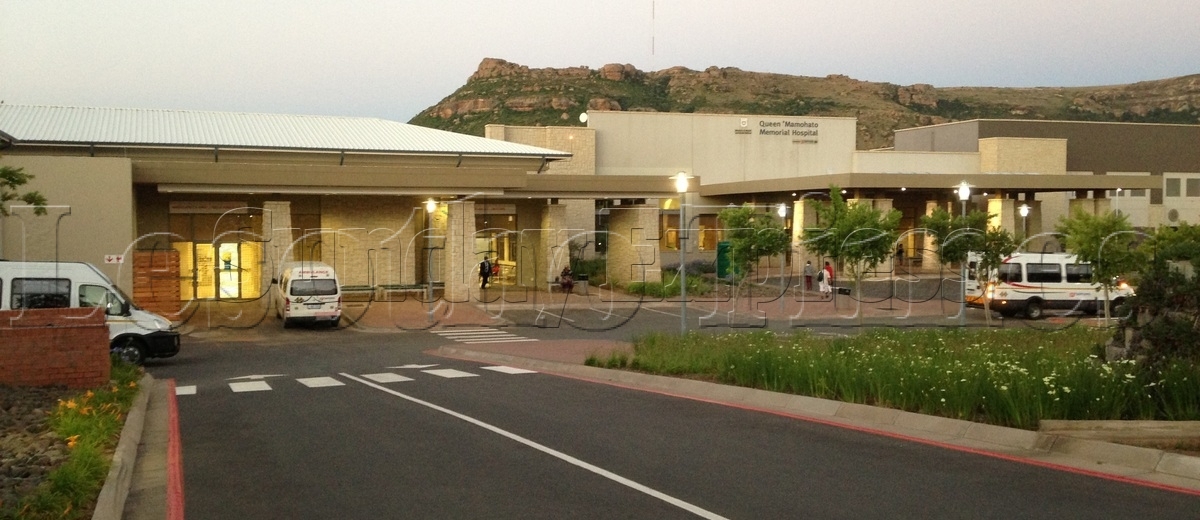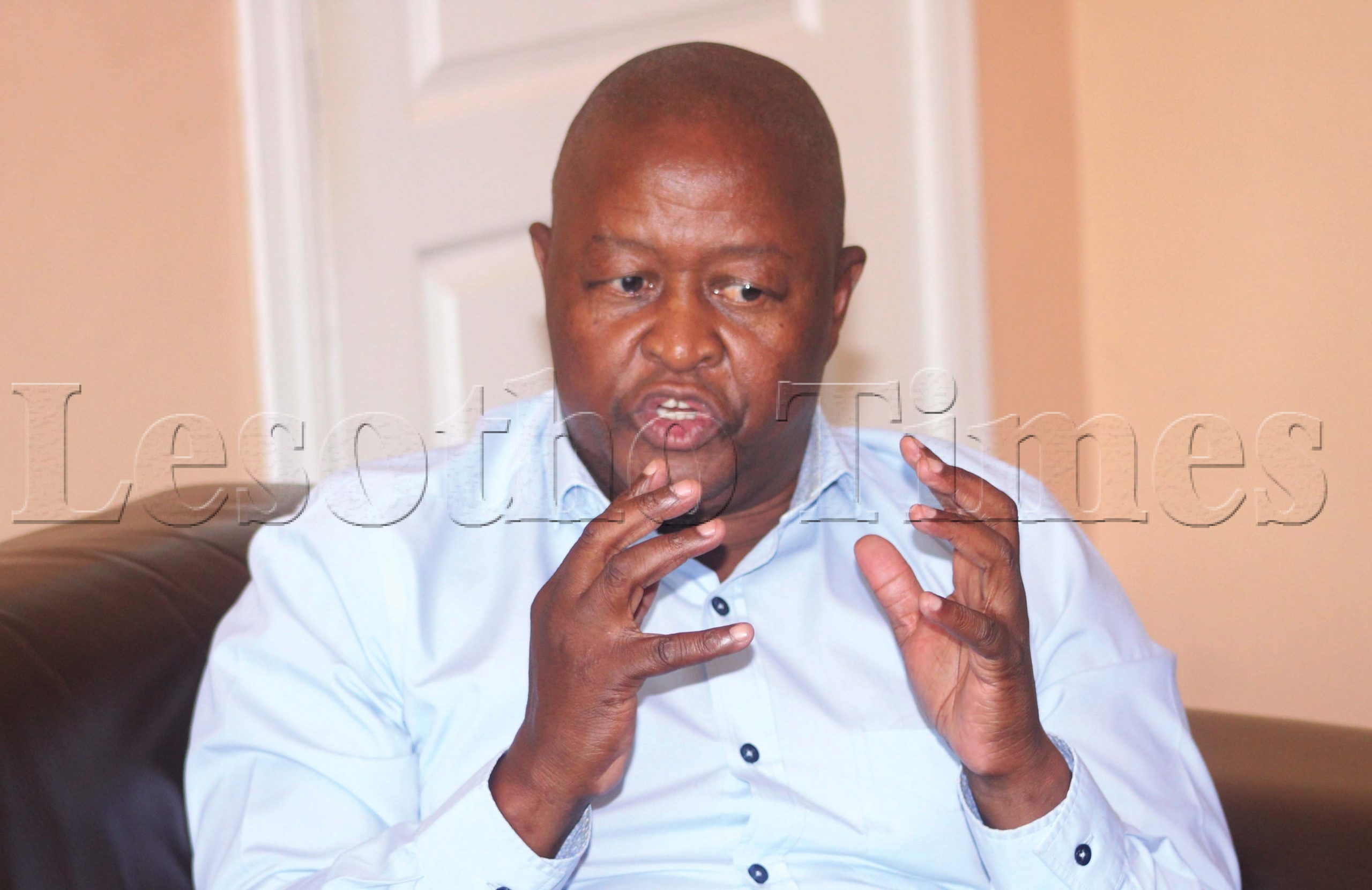
Pascalinah Kabi
THE Southern African Development Community (SADC) will soon meet to decide whether or not the newly-elected South African President, Cyril Ramaphosa, should continue in his role as the regional body’s facilitator in Lesotho.
Mr Ramaphosa was elected president of the ruling African National Congress (ANC) during its December 2017 conference and he subsequently replaced Jacob Zuma as state president a fortnight ago.
He also assumed the position of SADC chairperson. It was against the background of his new heavy responsibilities that SADC Executive Secretary, Stergomena Lawrence Tax, this week said regional leaders would soon meet to discuss whether he would continue as the SADC facilitator in Lesotho.
“We will all agree that the facilitator, President Ramaphosa, has done a very wonderful job and as of now he is not only a facilitator but also the chairperson of SADC,” Dr Tax said.
“But those are the issues which will need to be looked into. He just assumed the (South African) presidency so it is premature to say whether or not he will continue as facilitator. But we understand that we need to discuss and see what the best way forward is,” said Dr Tax at a press conference convened to outline the regional body’s assessment of the two-month old SADC Preventive Mission in Lesotho (SAPMIL).
The SAPMIL, also known as the SADC Standby Force, was officially unveiled in Lesotho on 2 December 2017 as part of regional efforts to create a conducive environment for the implementation of constitutional, security sector, public service, media and governance reforms in line with the recommendations of the regional body.
A confidential report prepared by SADC ahead of the deployment of the SAPMIL revealed that the government was not happy with Mr Ramaphosa continuing as the SADC facilitator to Lesotho and it wanted him to be replaced.
While the Thomas Thabane-led ruling coalition is not happy with Mr Ramaphosa, the report revealed that opposition parties were in favour of retaining him as facilitator.
“There have also been divergent views regarding the continued role of the Facilitator in that the government expressed the need to find a replacement while the opposition is in favour of retaining the current Facilitator but to be assisted by a mediator preferably a Basotho national,” reads part of the document titled ‘Draft Integrated Mission Plan for the Deployment of the Contingent Mission to the Kingdom of Lesotho’.
And while the report does not elaborate on the reasons for the government’s position, sources have claimed that the governing parties believe Mr Ramaphosa has previously sided with the parties now in opposition by allegedly overlooking serious security threats posed by the army in the past.
Mr Ramaphosa was appointed to facilitate the restoration of peace and stability in Lesotho after the 30 August 2014 attempted coup against the first government of Dr Thabane.
During that event, the Lesotho Defence Force stormed various police stations and seized arms they claimed were to be used against civilians at a Lesotho Congress for Democracy (LCD) rally that same weekend.
The raids claimed the life of Police Sub-inspector Mokheseng Ramahloko. Former LDF commander, Lieutenant General Tlali Kamoli, is in court over the killing.
Mr Ramaphosa also facilitated the Maseru Security Accord in 2014 which led to external deployments of Lt-Gen Kamoli his then successor Maaparankoe Mahao and former Police Commissioner Khothatso Tṧoana pending the holding of the February 2015 snap elections. The move was aimed at fostering the restoration of cordial relations between the army and the police.
Lt-Gen Mahao was assassinated shortly after those elections. The All Basotho Convention (ABC) and Basotho National Party (BNP), who had been booted out of power, complained that the killing was a result of Mr Ramaphosa failing to address serious security concerns in the country. The leaders of the two parties had by then already fled into exile fearing for their lives.






